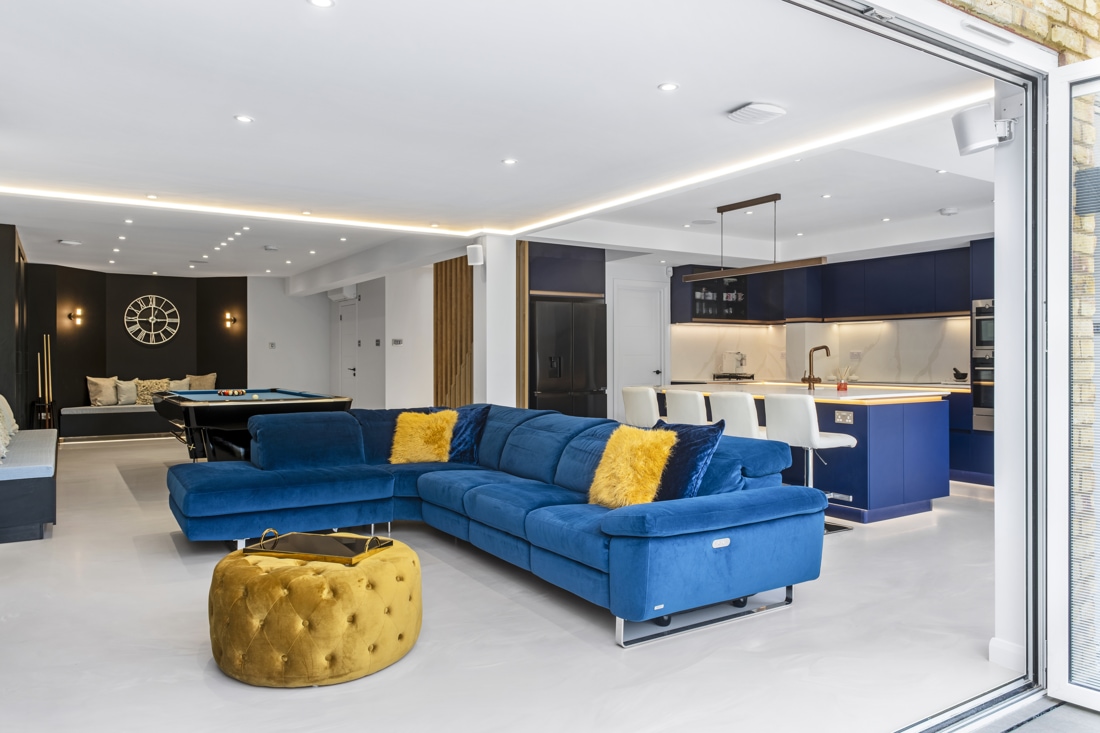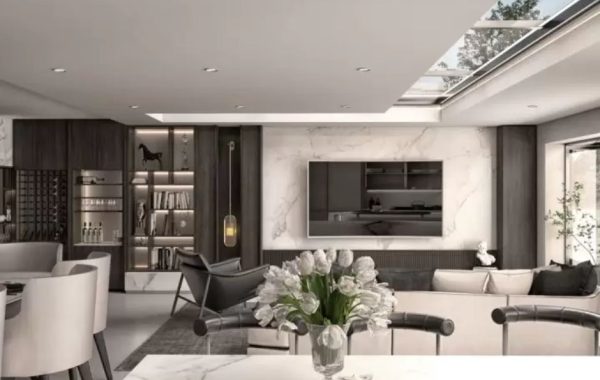A Complete Guide to Transforming Your Home: 9 Detailed Steps to Designing a Stylish and Functional Open Plan Living Room and Kitchen Space
Designing an expansive open plan living room kitchen is an exciting venture that can transform your home and elevate your lifestyle. By eliminating messy internal boundaries, you can create a harmonious, multi-functional area that seamlessly blends cooking, dining, and living spaces. However, achieving the perfect balance between functionality and aesthetics requires detailed planning and thoughtful execution. Read on to discover our nine-step guide to building an open plan living room kitchen that’s especially tailored for UK homeowners and designed to meet modern needs while being SEO friendly and comprehensive for online search.
- Prepare Essential Questions
Before diving into design details, start by evaluating your needs. Ask yourself:
- How will I truly use this open space?
- Should different areas be visually zoned to serve distinct functions (e.g., dining, cooking, relaxation)?
- Would I like a dedicated space for work or a children’s play area?
- How often do I entertain guests, and how should that affect layout?
- Where should major furniture items be placed for optimal flow and comfort?
By establishing clear goals and questions, you set the foundation for a purposeful design process.
- Know Your Budget
Budgeting is crucial in any renovation project, particularly for an open plan transformation, which may require structural changes like knocking down walls. Consider:
- The cost of demolition and potential reinforcements.
- Expenses associated with new flooring, lighting, and appliances.
- The price differences among various design elements and finishes.
Having a realistic budget helps you make informed decisions—ensuring that you remain within financial limits while achieving the desired aesthetic and functionality.
- Create a Map of Your Space
Begin by measuring and sketching a detailed floor plan of your current living room and kitchen. Make sure to include:
- Existing walls, windows, doors, and structural elements.
- Adjacent spaces that will influence your layout.
- Potential boundaries that will serve as guides for the new open space.
This map will act as your blueprint, helping you visualize the available area and plan where to gap and reposition key elements effectively.
- Define Your Zones
Even within an open plan layout, creating subtle zones can enhance both functionality and ambiance. Consider:
- A clearly designated kitchen area with sufficient space for cooking and storage.
- A dining zone that encourages family meals and social gatherings.
- A living area that exudes relaxation and comfort with a provision for informal seating.
- Optional work or study corners that suit modern life.
Using rugs, furniture placements, or even changes in flooring materials can help delineate these distinct zones while keeping the space fluid and connected.
- Hire a Structural Engineer
Removing internal walls, even partially, often requires professional oversight. A structural engineer will:
- Assess the safety of removing or altering walls.
- Determine if reinforcements are needed to maintain the building’s structural integrity.
- Offer advice on how to maximize the open space without compromising on safety.
This step is indispensable for ensuring that your open plan project is both secure and compliant with UK building regulations.
- Smart Placement of Amenities
Thoughtful placement of key amenities is crucial:
- Furniture: Positioning sofas, chairs, and tables strategically to foster an inviting flow. Consider leaving some margin from walls to allow for natural movement and create soft boundaries between zones.
- Kitchen Units: Carefully plan the layout for appliances, countertops, and storage that integrate smoothly with the dining and living areas.
- Multifunctional Elements: Use pieces that serve dual purposes—for instance, a dining table that doubles as workspace or a console that provides extra storage.
This intelligent planning maximizes the overall usability of the space while retaining an open and airy feel.
- Think of Lighting
Lighting can transform an open plan space, enhancing its ambiance and functionality:
- Layered Lighting: Combine ambient lighting (e.g., recessed ceiling lights or large pendant lamps) with task lighting over work areas.
- Feature Fixtures: Consider installing statement pieces such as a chandelier above the dining area or pendant lights above the kitchen island.
- Zone-Specific Fixtures: For areas like a children’s play nook or a quiet reading corner, choose customised lighting that sets the right mood.
- Energy Efficiency: Opt for energy-efficient LED lighting solutions that blend style with sustainability.
Properly planned lighting not only accentuates your rooms but also creates a welcoming atmosphere across different zones.
- Selecting Appliances
Choosing the right kitchen appliances is essential, as they should be powerful, quiet, and energy efficient:
- Noise Levels: Select models with low decibel ratings—especially important in an open plan space where noise can travel easily.
- Integration: Appliances like ovens, dishwashers, and refrigerators should complement your overall design both functionally and visually.
- Modern Finishes: Consider finishes that align with both contemporary and Victorian-inspired aesthetics if you’re aiming for an eclectic mix.
By selecting appliances thoughtfully, you ensure that the kitchen remains a functional yet stylish cornerstone of the open plan design.
- Make It Clutter-Free
An uncluttered space is key to achieving the warm, spacious feel that characterizes open plan living:
- Integrated Storage Solutions: Incorporate built-in shelves, cabinets, and hidden storage niches to keep surfaces clear.
- Minimalist Approach: Avoid clutter by regularly decluttering and ensuring that every item has a designated place.
- Flow and Function: Ensure that pathways are clear, and that furniture and accessories do not interrupt natural circulation.
Maintaining a minimalist and clutter-free environment enhances the airy, expansive nature of an open plan living room kitchen, making it both inviting and practical.
Conclusion
Building an open plan living room kitchen is more than a design trend—it’s a lifestyle transformation. By following these nine steps, from initial planning and budgeting to the strategic installation of furniture and lighting, you can optimize your space for both functionality and elegance. This transformative design not only maximizes your living area but also adapts to modern life, creating a versatile, family-friendly environment.
At Studio20 Architects, we specialize in innovative, bespoke designs that respond to the dynamic needs of modern living. If you’re ready to reimagine and transform your home, our expert team is here to help every step of the way.
You can access your designs from the links below.
Contact Studio20 Architects Today for Expert Open Plan Design Advice





